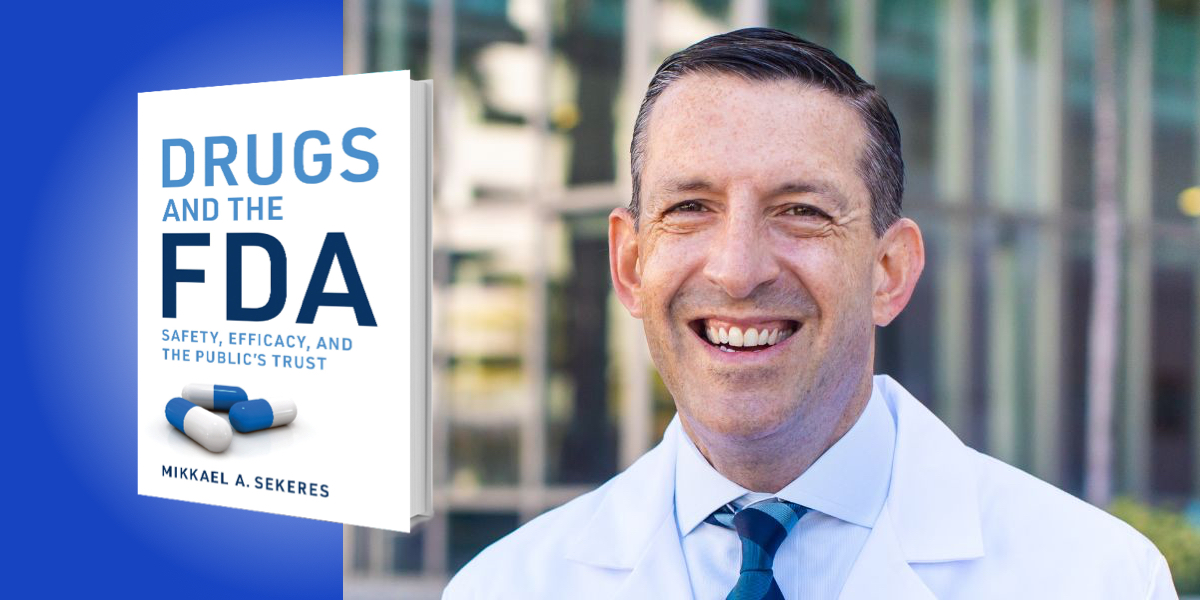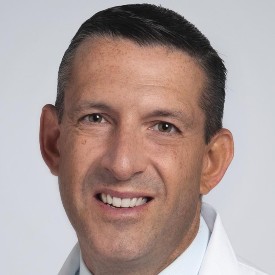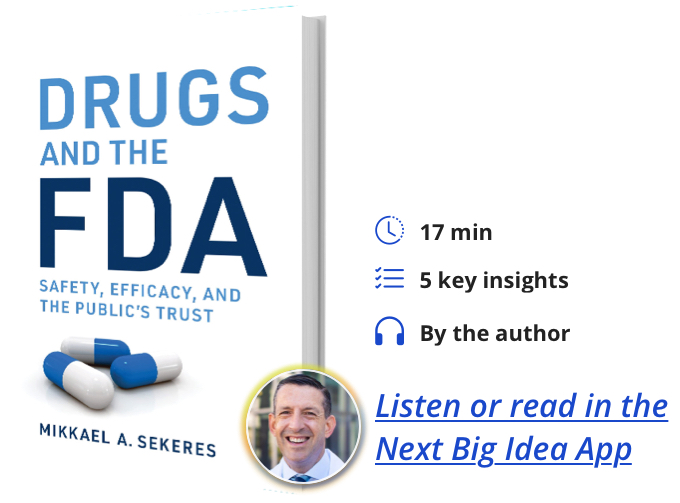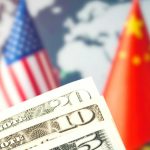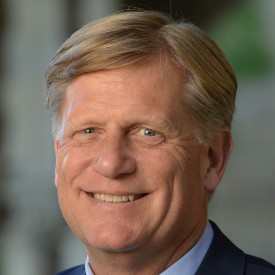Mikkael Sekeres is Professor of Medicine and Chief of Hematology at the University of Miami Sylvester Cancer Center. He specializes in treating leukemia and served on the FDA’s Oncologic Drugs Advisory Committee (ODAC) for five years.
Below, Mikkael shares 5 key insights from his new book, Drugs and the FDA: Safety, Efficacy, and the Public’s Trust. Listen to the audio version—read by Mikkael himself—in the Next Big Idea App.
1. Tragic events shaped the core mission of the FDA.
We don’t have to go far back in time to reach an era when safe medicine was not guaranteed.
Throughout the nineteenth century, entrepreneurs in the United States had absolute freedom to manufacture and market any food or drug in any way and for any purpose. Patent medicines and nostrums with dubious names like Hamlin’s Wizard Oil were not the medicinal panaceas they claimed to be.
It wasn’t until 1902 that progress toward regulation of food and drugs began, spurred by a tragic event. Twenty-two children sick with smallpox and diphtheria died when given vaccines contaminated with tetanus. In response, Congress passed the Biologics Control Act and soon after, the Pure Food and Drugs Act. But these new laws still left drug safety up to the manufacturer.
This omission would prove deadly. The S. E. Massengill Company of Bristol, Tennessee sought to create a liquid form of an antibiotic, sulfanilamide, that would be easier for patients to ingest. The company’s chief chemist, Harold Cole Watkins, added substances to make the drug more palatable, including raspberry extract, saccharin, caramel—and the sweet-tasting solvent diethylene glycol. Also known as antifreeze.
In September of 1937, the medicine was distributed and doctors began prescribing it regularly. But then, 71 adults and 34 children died from taking the tainted antibiotic. A team of FDA inspectors tracked down the company’s 200 salesmen to identify the drugstores and doctor’s offices that had stocked the elixir. Store by store, druggist by druggist, and prescription by prescription, the FDA team worked to confiscate the remaining medicine, recovering 234 of the 240 gallons distributed. Public outrage reached a crescendo, leading President Franklin Roosevelt to sign the Food, Drug, and Cosmetics Act into law on June 25, 1938.
The core of this law was that drug manufacturers were required to file a New Drug Application (NDA) with the FDA, in which they submitted scientific data concerning the new drug’s composition, manufacturing process, quality control, and for the first time, safety. From that point on the FDA prioritized safety above all other factors.
2. The fact that drugs should be effective at treating disease is a relatively new concept.
In September 1960, a young pharmacologist, Frances Oldham Kelsey, was given her first FDA assignment: to review a new drug application for thalidomide. Marketed in Europe as the first safe sleeping pill, thalidomide was also considered highly effective at treating morning sickness in pregnant women. The drug was so popular, it was used almost as regularly as aspirin in some countries. With this success in mind, the company Richardson-Merrell was chomping at the bit to get the drug approved for the U.S. market.
“Kelsey had almost single-handedly saved the U.S. from a similar tragedy.”
Anticipating quick approval by the FDA, they had a warehouse full of the drug ready for sale. But Kelsey had concerns regarding the lack of long-term toxicity studies. She described these concerns in a letter to the company, but instead of providing well-designed studies supporting the safety of thalidomide, the company responded with testimonials. This only heightened Kelsey’s concerns. She refused to move thalidomide forward for approval and requested additional data from Richardson-Merrell.
Around the same time, a young couple consulted a German physician, Widukind Lenz, about their son Jan, who had been born with two short arms. Lenz had recently become aware of other infants born with similar problems at a hospital in Hamburg. Lenz and Jan’s father worked together to see if they could find a common cause. They drove around northern Germany searching for other children with similarly deformed limbs, and questioned mothers about the medications they took during pregnancy. They found 46 children born with limb deformities. Almost all of their mothers had taken thalidomide.
All told, approximately 10,000 children in 46 countries had been born with deformities thought to be caused by the drug. Kelsey had almost single-handedly saved the U.S. from a similar tragedy. The near miss sparked Estes Kefauver, a Senator from Tennessee, to sponsor a bill to strengthen the FDA’s authority and take on what he saw as the crooked pharmaceutical industry.
The bill mandated that patients enrolling in clinical trials be informed of the risks and benefits of the drugs they were about to receive and that they consent to the trials. The bill also mandated that drugs be safe and effective. Kefauver’s bill passed through Congress quickly, officially signed into law by President Kennedy in August of 1962.
3. The public largely misunderstands the goals of clinical trials.
A Phase 1 study, or a “first in human” trial, is the first time a drug is given to people following “pre-clinical” testing. The primary purpose of Phase 1 trials is to find the right drug dose and assess the safety of that drug—not to determine if the drug will work. Historically, the chance that a drug in a Phase 1 trial is effective is less than 15 percent.
Why do people participate in early phase studies if the purpose has nothing to do with whether the drug works? In one study, surveys asking this very question were mailed to 287 cancer trial participants. Forty-five percent of those who were enrolled in Phase 1 trials said they were motivated by the possibility of medical benefits from the treatment.
If almost half of these patients were hoping for a drug that would work, but the goal of the trial was only to find the right drug dose, why enroll in the study? Imagine that you have a cancer that has continued to burn despite multiple rounds of chemotherapy. Your doctor tells you that there are no more treatment options, so you’d better go to the university hospital where they might be running a clinical trial of a new drug. Patients see this as the next treatment step, but often, those involved in clinical research don’t effectively communicate the true goals of early phase trials.
Another study examined how doctors communicated the risks and benefits of Phase 1 trials to 85 families of pediatric cancer patients. Risks of the drug treatments were discussed 95 percent of the time. But therapeutic benefits were discussed almost as frequently in trials that largely wouldn’t benefit participants. Altruism was mentioned to 41 percent of families.
Ineffective communication can lead to therapeutic misconception—the belief that the purpose of the research is to directly benefit the patient enrolling in the trial, when in reality only future patients will benefit from the research.
” The primary purpose of Phase 1 trials is to find the right drug dose and assess the safety of that drug—not to determine if the drug will work.”
It’s possible that most participants in Phase 1 trials misunderstand the intent, either because it isn’t communicated clearly, or because they may be hoping for an effective drug despite the expressed goals of the trial. People at the end of life are also altruistic. Some patients have told me that their motivation for participating in research was to help others, as part of their legacy.
But sometimes patients walk the treatment treadmill. They see the trial as the next step—or are told as much. It’s the responsibility of healthcare providers to make sure patients know that no treatment is an option, or that their reasons for enrolling in a trial aligns with the trial goals.
4. Advisors to the FDA aren’t always medical experts.
I specialize in treating leukemia. For five years I served on the FDA’s Oncologic Drugs Advisory Committee (ODAC) and even chaired it for two. I was excused from almost all proceedings involving a drug to treat leukemia. Similarly, any doctor who is a breast cancer specialist would be excluded from a panel considering a breast cancer drug.
One reason is because the FDA has an extremely careful process for vetting members of its committees and avoiding conflict of interest. Thus, any doctor who is a breast cancer specialist with involvement in clinical trials in breast cancer patients would be excluded from membership on an ODAC panel considering a breast cancer drug, because that doctor might have a vested interest in the outcome.
But there is a less obvious reason we may not want specialists on an FDA panel. When I was training to be an oncologist, I once tried to use one patient’s experience to justify the treatment I wanted to give another. My advisor cautioned me: “The plural of anecdote is not data.” We may trick ourselves into thinking we are rigorously applying scientific data to inform decisions, when we are really being driven by emotions surrounding a recent clinical success—or failure.
We can be similarly tricked when serving on a high-level FDA panel. For example, if I had recently been treating a breast cancer patient with Avastin and she had a fabulous outcome—no side effects and the tumor shrank—would this influence my vote on whether to keep the drug on the market? What if instead she suffered liver failure and developed sepsis with a bacterial infection? How would I vote then?
If I’m a breast cancer specialist considering a breast cancer drug, I might also think it’d be helpful to have another option to offer patients, even if it doesn’t work that well. A classic study asked 104 women with breast cancer what survival benefit chemotherapy would need to provide to justify six months of treatment. More than 70 percent said they would willingly endure the risks of nausea, hair loss, fatigue, and infections, along with the time and emotional investment of treatment, to achieve just a 5 percent greater chance of living five or more years. Those of us who practice oncology know this at some level, and we will almost always advocate for having one additional drug to offer patients.
Distance from these biases makes it easier to make decisions informed by the data.
5. Clinical trials often exclude the very people the drug hopes to treat.
Drugs approved by the FDA must be examined in a series of clinical trials to demonstrate that the drug is safe and effective in the people the drug is designed to treat. But the people enrolled in those trials are often selected not because they are sick, but because they are healthy. Often, they are not representative of the patients who would actually be treated with the drug.
“When compared to the patients who did meet the eligibility criteria, ineligible patients were just as likely to go into remission, live as long as eligible patients, and experience the same rates of side effects.”
I mentored a graduate student who wondered if she could prove that a clinical trial’s eligibility criteria had more to do with guaranteeing healthy patients, and less about anticipated side effects. She identified 97 trials within a five-year period whose eligibility criteria were available for review. These trials enrolled almost 44,000 patients. Almost 90 percent of the trials excluded patients with abnormal kidney, liver, or heart function. Although previous observations suggested that only 21 percent of the drugs used in these trials had the potential to cause kidney damage, a whopping 74 percent of the trials excluded patients with abnormal kidney function. The same held true for liver damage and heart abnormalities.
She then examined 13 leukemia studies conducted through the National Cancer Institute between 2005 and 2015. Of the 2,351 patients enrolled and treated, 10 percent were found ineligible for the trials after the fact. They were in the studies essentially by accident. But, when compared to the patients who did meet the eligibility criteria, ineligible patients were just as likely to go into remission, live as long as eligible patients, and experience the same rates of side effects.
The eligibility criteria for these leukemia clinical trials (funded through taxpayer dollars) could have enrolled patients who better reflected the U.S. population who would eventually receive these drugs. But the trials were overly restrictive.
What if liberalizing cancer trial eligibility criteria were taken to its extreme? Investigators at the MD Anderson Cancer Center in Houston, Texas, offered 109 leukemia patients (who would otherwise be considered ineligible for standard clinical trials) a trial whose eligibility criteria was the ineligibility criteria of the other trials. These candidates had abnormal function of their kidneys, hearts, livers, lungs, neurologic systems, or had other cancers. Their leukemia improved at the same rates, and they experienced comparable toxicities, to patients with normal organ function enrolled in similar trials.
Though it is not yet the norm, slowly but surely the FDA and the National Cancer Institute are giving more credibility to clinical trials that enroll the “real world patients” who are most likely to receive the drug once it is approved.
To listen to the audio version read by author Mikkael Sekeres, download the Next Big Idea App today:











